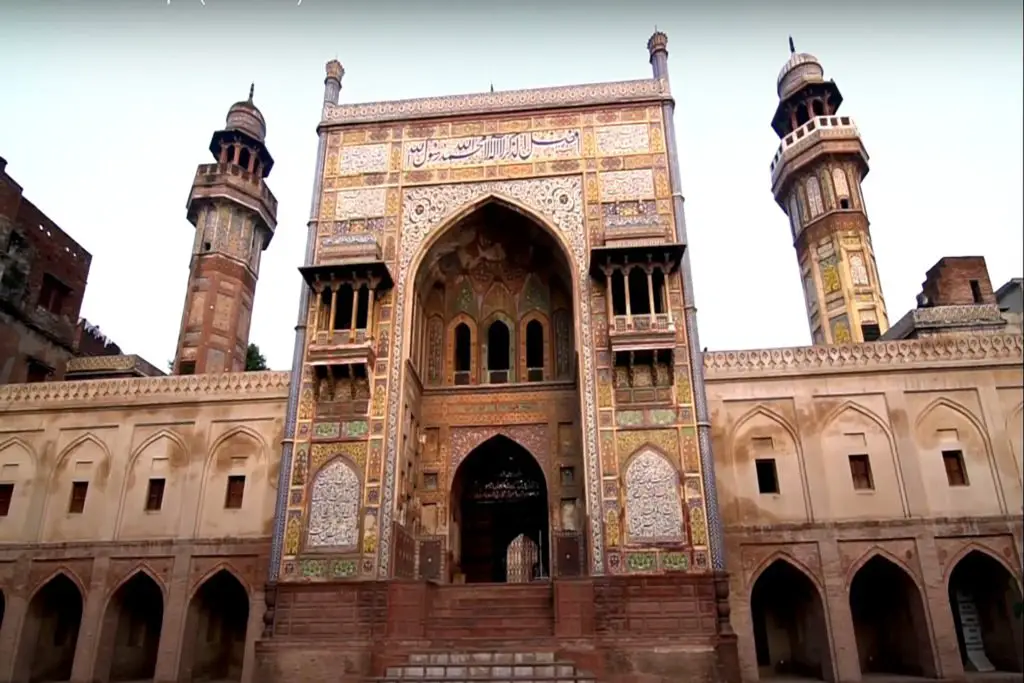Nawankot Fort is a historic fort located in the city of Bahawalpur in Punjab, Pakistan. The fort was built in the 18th century by the Nawabs of Bahawalpur and served as a center of political and military power for many years. Today, it is a popular tourist destination, attracting visitors from all over the world who are interested in exploring the rich history and culture of the region.
Nawankot Fort Bahawalpur Location
The Nawan Kot Fort, situated 55 km from the Derawar Fort, has managed to preserve some of its original elements. Constructed using mud bricks and featuring four corner towers, the fort boasts a height of 156 feet. The main entrance on the north side is 10 feet wide and is accompanied by guard rooms built from burnt bricks. This mud-brick structure with its four corner bastions stands tall, showcasing its historical significance.
The fort is situated on a hilltop and overlooks the city of Bahawalpur. It is built of locally available brick and is designed in a square shape, with four towers on each corner. The walls of the fort are 30 feet high and are reinforced with bastions and turrets, providing ample protection to the occupants inside.
Pictures Gallery
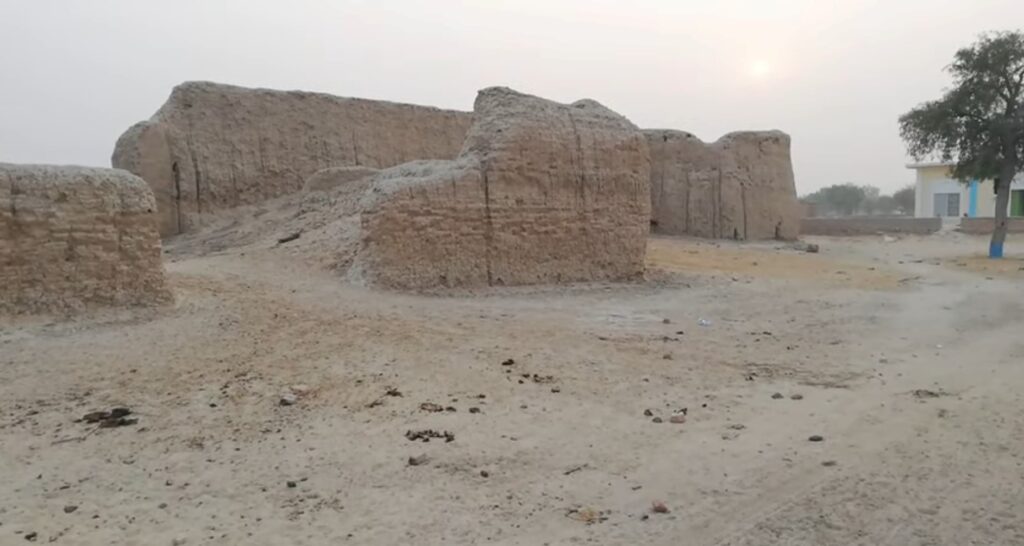
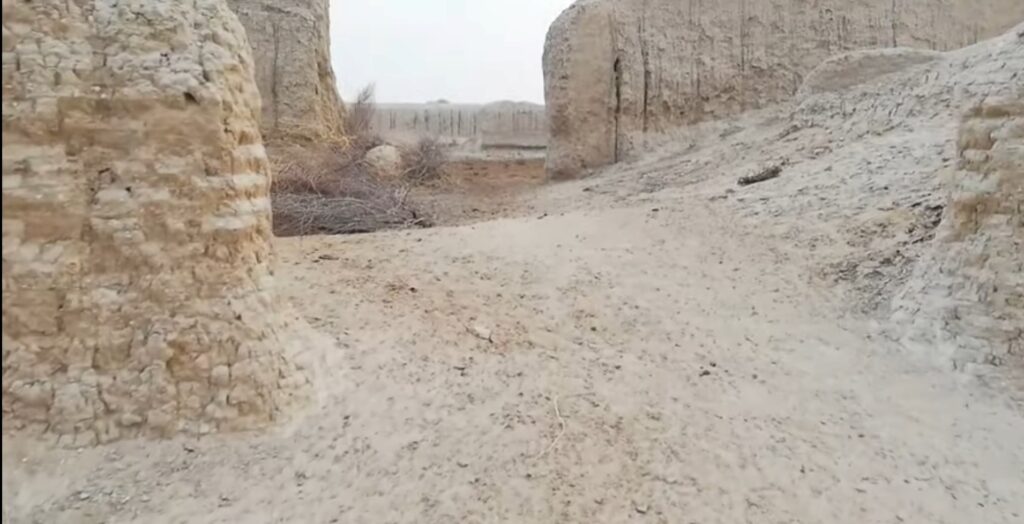
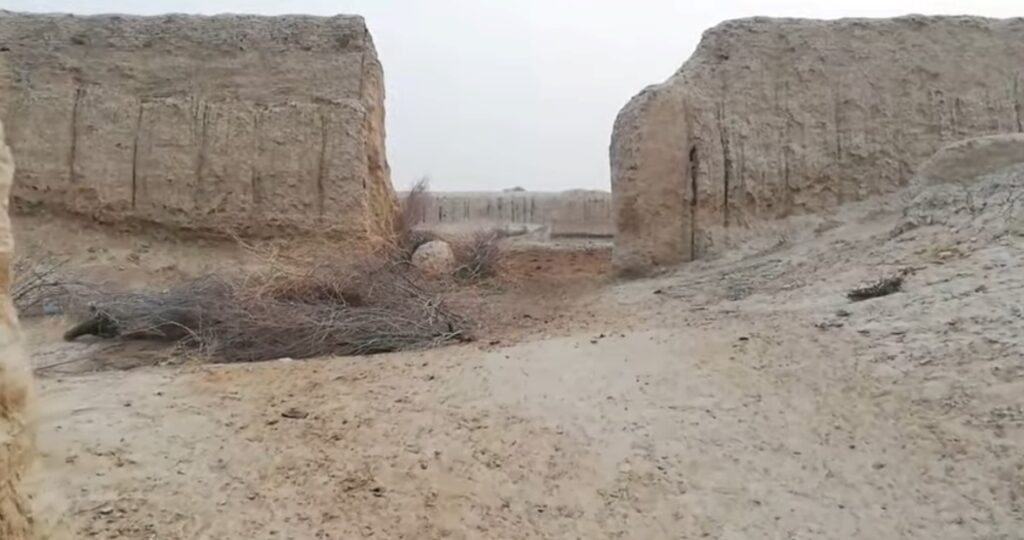
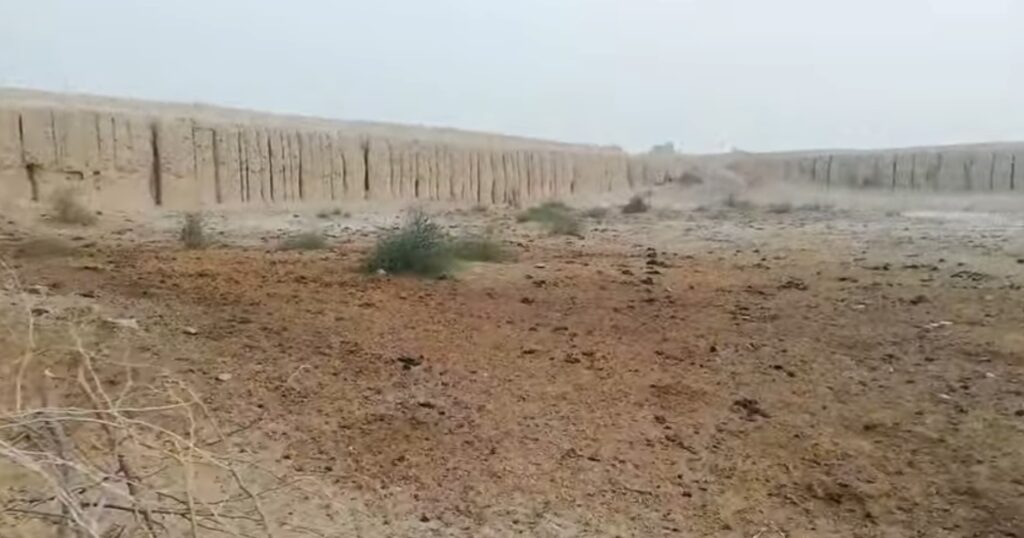
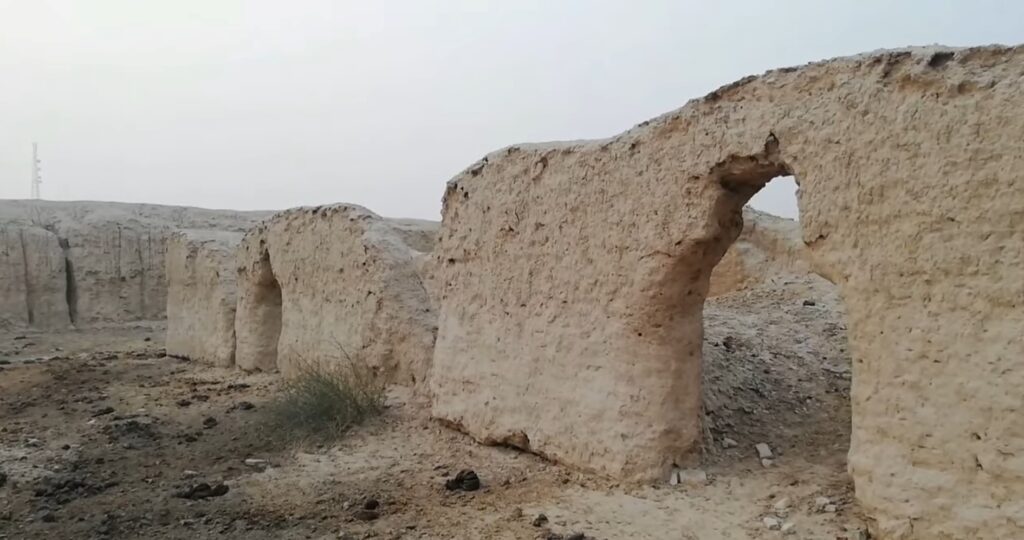
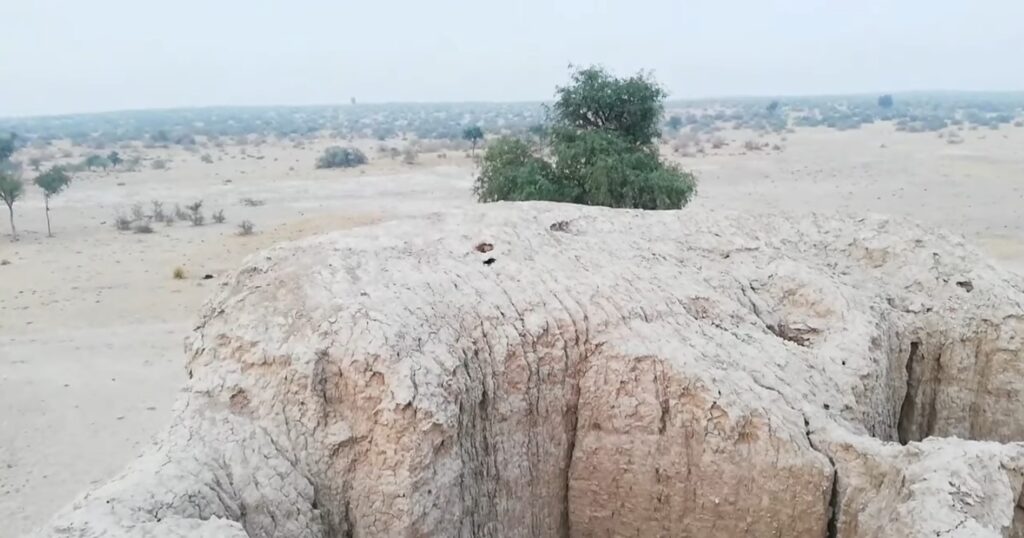
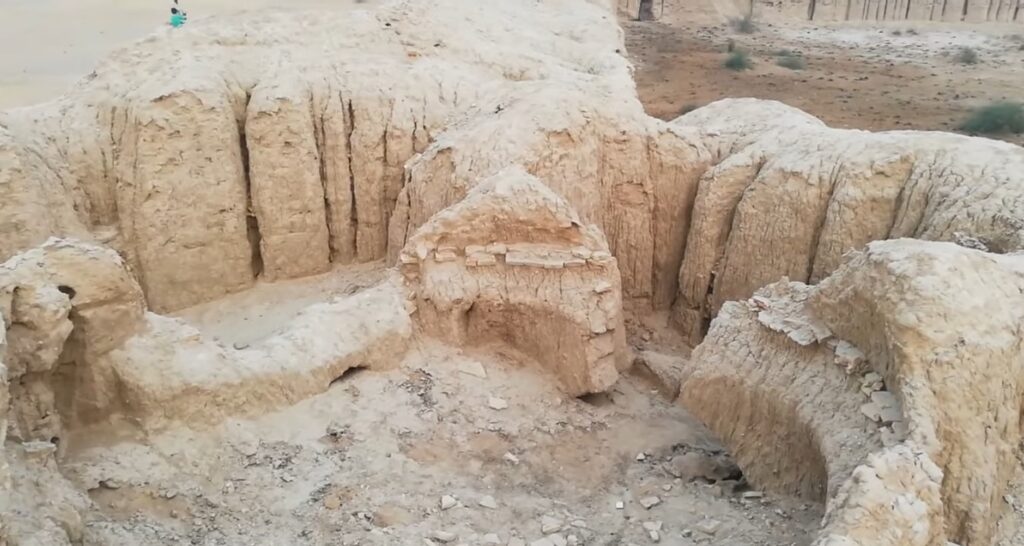
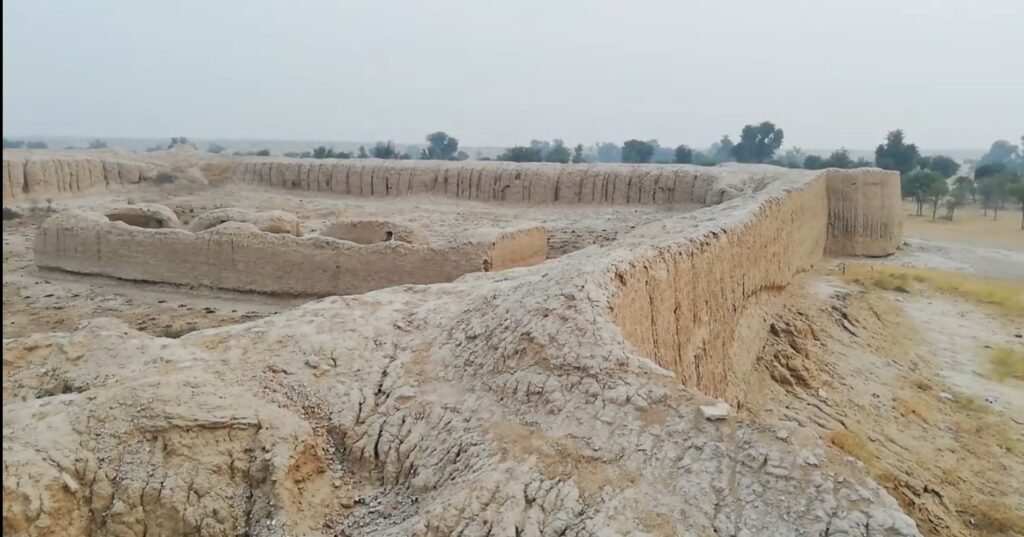
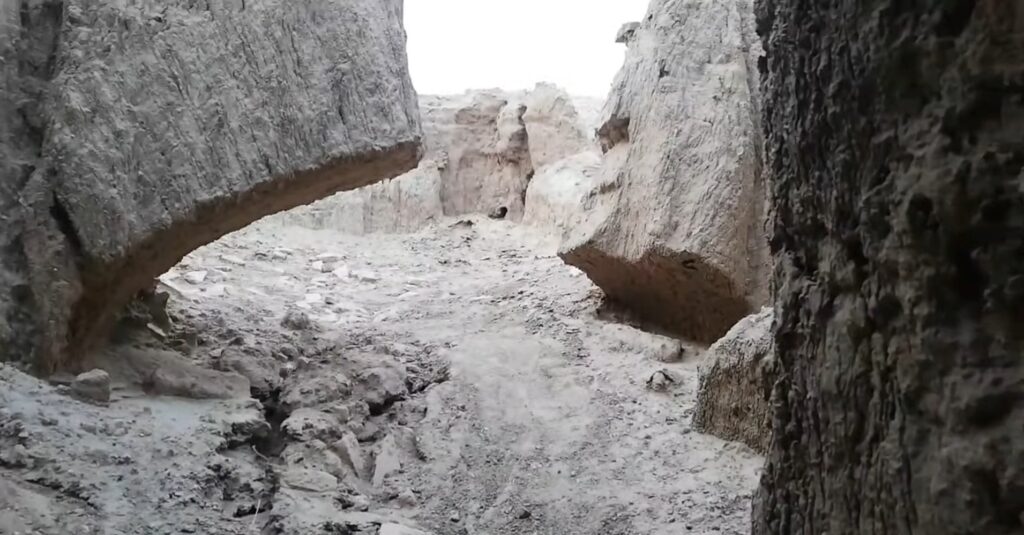
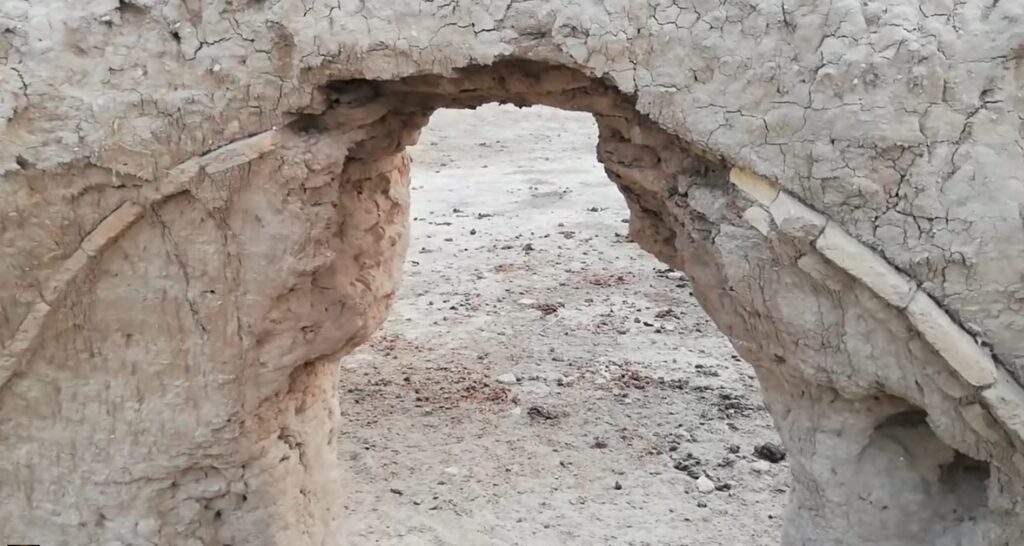
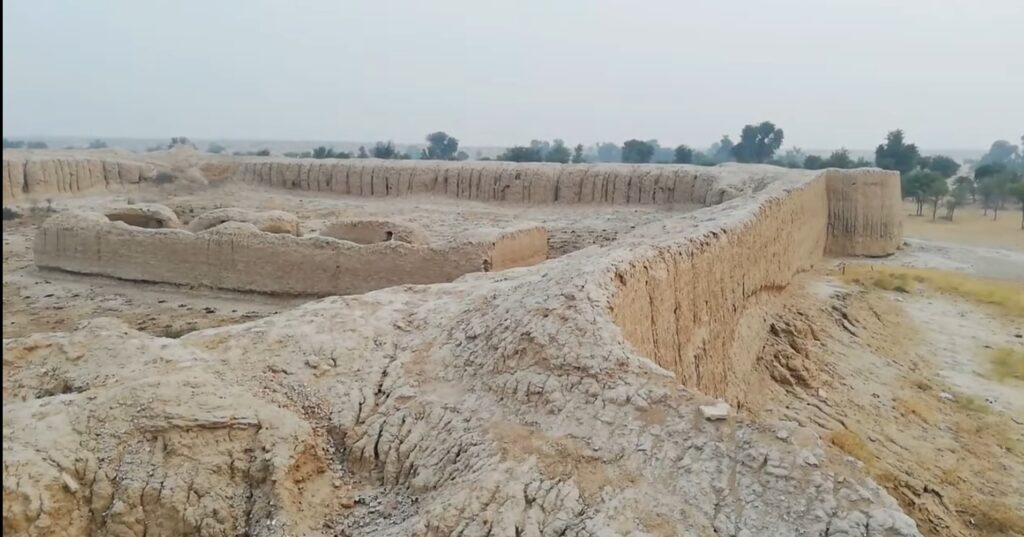
Strategic Location of Nawan Kot Fort, Bahawalpur
The fort was strategically located near the Sutlej River, which made it an important center of trade and commerce during its time. It was used as a customs post, and goods such as textiles, spices, and precious metals passed through its gates. The fort was also an important center of agriculture, with the surrounding lands used for the cultivation of crops such as wheat, cotton, and sugarcane.
During the British Raj, Nawankot Fort was used as a military garrison. The fort’s strategic location made it an important base for British forces during their campaigns in the region. After the partition of India and Pakistan, the fort was used as a government office and later as a jail.
In conclusion, Nawankot Fort is a testament to the architectural and cultural heritage of Bahawalpur, Pakistan. Its strategic location, unique architecture, and historical significance make it an important landmark of the region and a must-visit destination for history and architecture enthusiasts.

